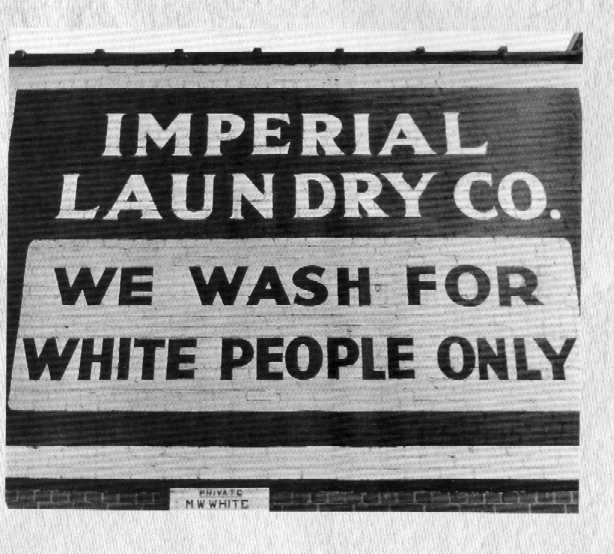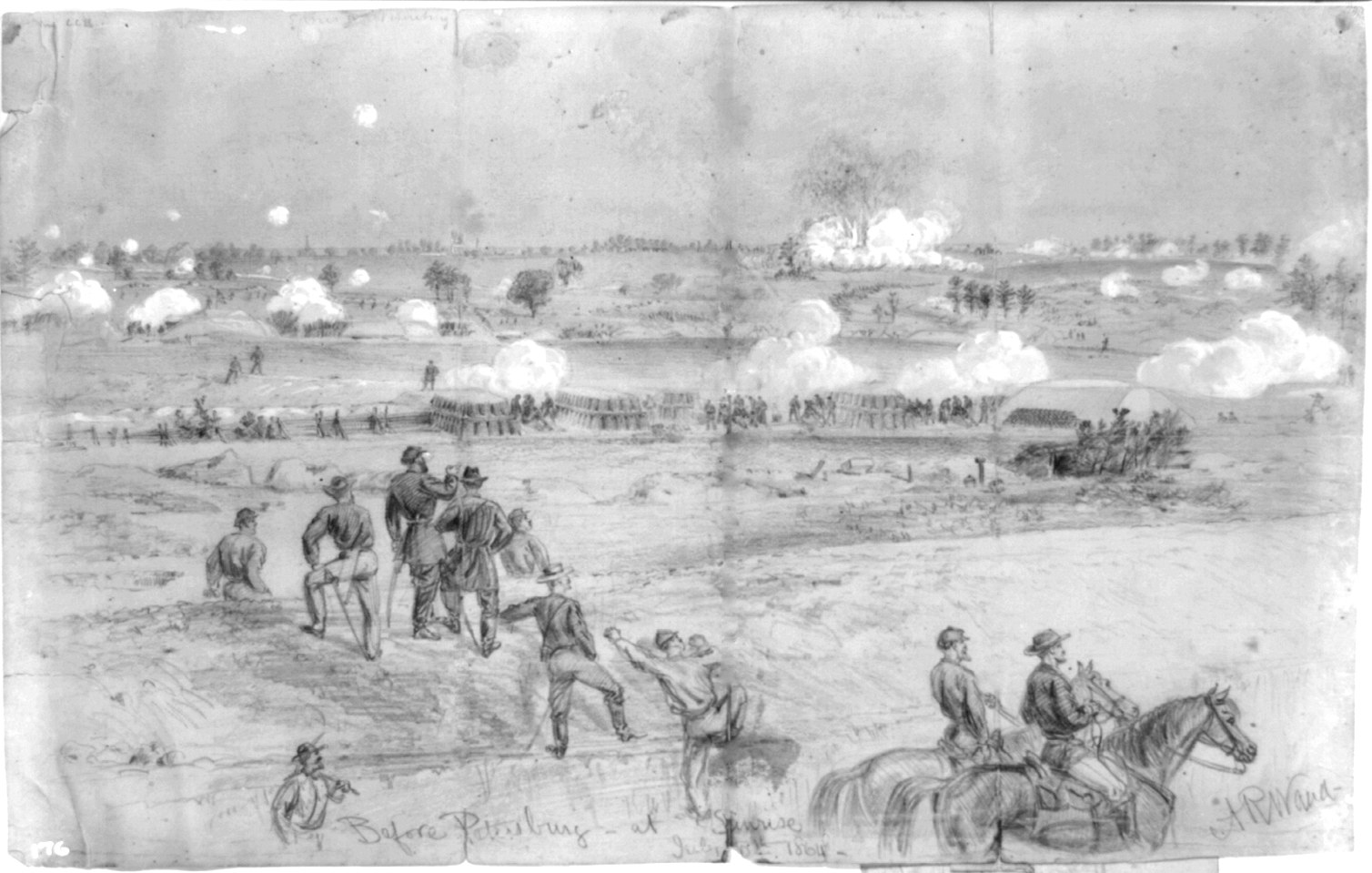Black Codes In the South Following the Civil War
Black codes were laws passed by the Southern States following the passage of the Emancipation Proclamation and opposing the Thirteenth Amendment. The purpose of these laws was to keep the power of "White Supremacy," these white supremacists believed that black people were meant to be slaves because they were inferior to the whites all because of skin color. Under the black codes the freedmen could be arrested and put into involuntary labor if they did not abide the Segregation laws, like using the water fountain that says black on it. Also the laws restricted the freedom of the freedmen. Black men in the Antebellum South could not bear arms, become literate, speak freely, or blame a white person in court. Black Codes also restricted black people to own property, move freely through public spaces, conduct businesses, and buy and lease land. Even though the Civil Rights Act was passed later banning black codes and granting the black men full civil rights and voting allowance; the South came back in control and removed the black people's freedom and no Civil Rights era emerged again till the late twentieth century. The black people struggled their way through freedom and it was not easy.
 |
| Segregation Laws/Black Codes.Photograph.n.d. blogger.Web.05 Jan.14 |





